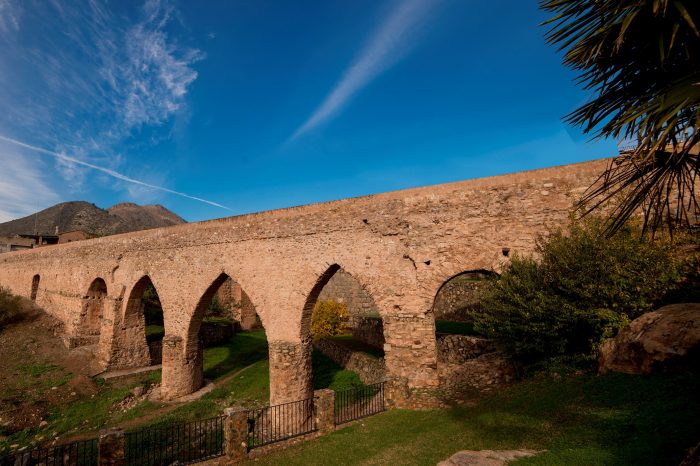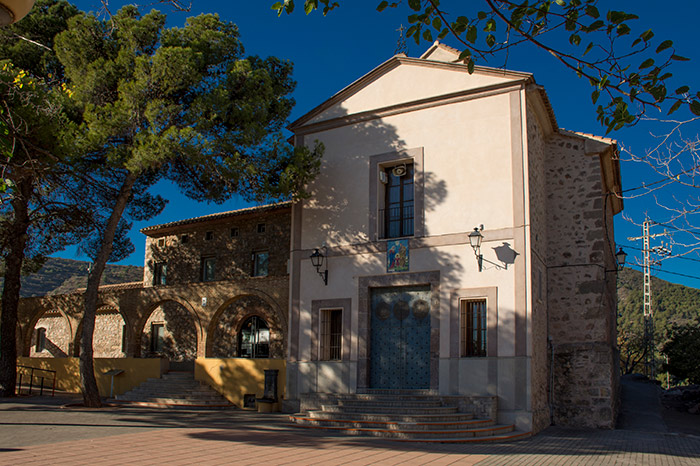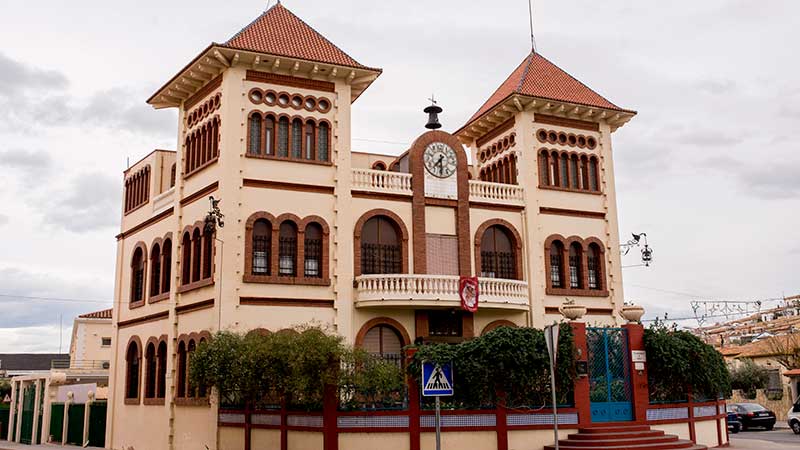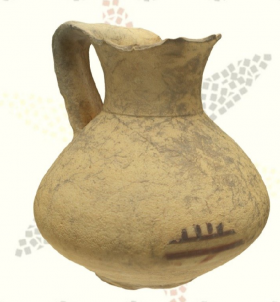A BIT OF HISTORY
In Vall d’Uixó there are traces of human presence since the Palaeolithic period, especially near Coves de Sant Josep, when groups of hunter-gatherers made the caves of the area their home. Although Iberians and Romans settled in the municipality, we have to wait until the Andalusian period for the urban area we know today to begin to take shape.
In the shadow of the Andalusian castle of Uixó, which gives its name to the town, a string of Muslim farmsteads were distributed along the irrigation channel that brought water from Coves de Sant Josep, a channel that was probably laid out by the Romans. From the 17th century onwards, these farmsteads were unified into two urban centres (El Lloc de Dalt and El Lloc de Baix) around the two historic parishes (the Church of the Angel and the Church of the Assumption respectively), which marked the idiosyncrasy of the village. With the end of the Carlist Wars, in the 19th century, Vall d’Uixó underwent a process of industrialisation around footwear, which culminated with the installation of the Segarra Factory, the most important footwear production centre in Spain throughout the 20th century.





